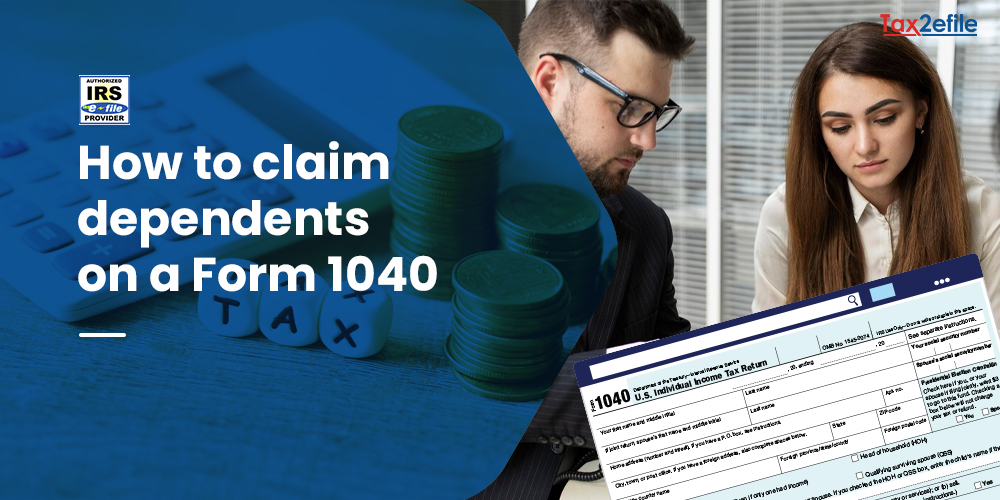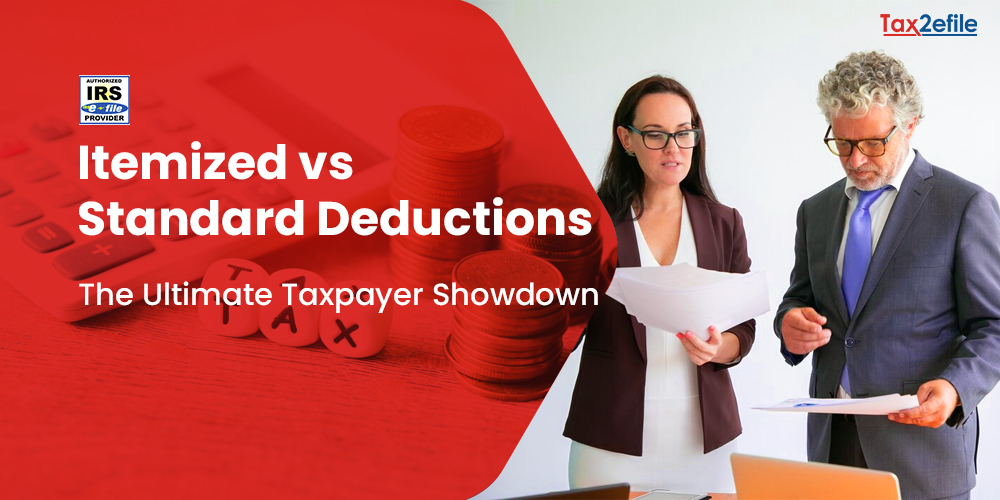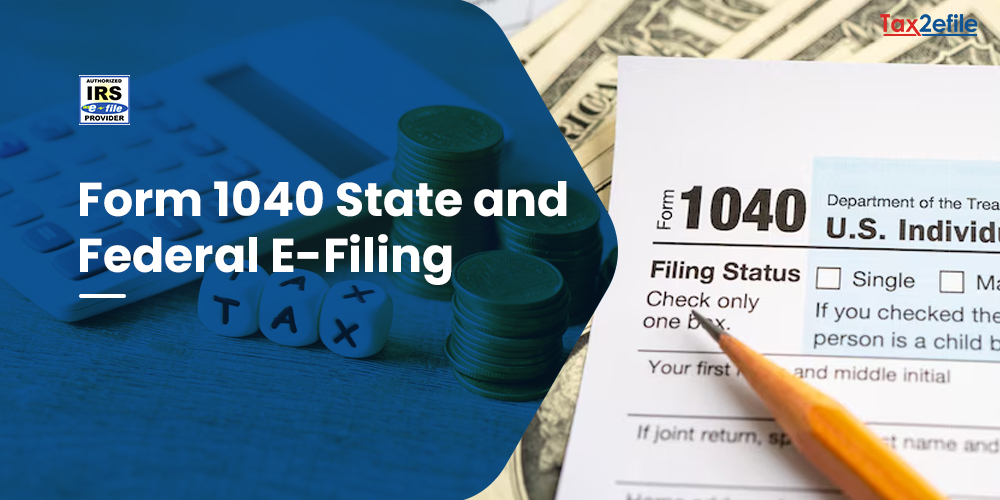- September 23, 2020
If you are a regular employee, you will receive a W2 form that states you need to know. Then you will fill the 1040 form and file them. But when you are self-employed and receive Form 1099 as a contract employee, you need to include the IRS Schedule C form along with your personal tax filing.
Schedule C is also called “Profit or Loss from a Business”. Understand the form better, so that you can report your income accurately and pay only the legally obligated tax amount. In Schedule C, the taxpayer can report the income and subtract the deductible business expenses from that income. By doing so, you are reporting the actual profit or loss and not paying excess tax.
Table of Contents
How to Fill out a Schedule C Tax Form?
A schedule C consists of five parts to fill:
Schedule C Form Part 1: Gross Income
Schedule C Form Part 2: Expenses (including business use of the home, when the taxpayer work from home)
Schedule C Form Part 3: Cost of Goods Sold ( when the taxpayer has inventory in the business)
Schedule C Form Part 4: Information on the vehicle
Schedule C Form Part 5: Other expenses
Schedule C Form Part 1: Gross Income
The first part of the form is simple. Need to enter all the income you earned during the course of the tax year in the business.
You can deduct any returns, cost of obtaining or producing the items that are sold by you. And if there are any other income that is earned for the business, like interest on loans, renting office space, etc. These are added together to your total Gross Income.
Schedule C Form Part 2: Expenses
Next comes the Expenses Section. Include all the possible deductions that are entitled. This Form separates the expenses into various common categories such as insurance, advertising, office supplies, etc. So it is important for every taxpayer to maintain a tracking system to pull the total from the expense report and transfer to the Schedule C form.
When you paid to contractors, you can deduct that cost and you need to file 1099 for them. When you work from home, you may calculate the expense deduction for that too.
Schedule C Form Part 3: Cost of Goods Sold
This section is used for the business that sells a physical product other than a service. When you sell a product, you may deduct all the expenses that went into obtaining or producing the product that reduces the profit amount.
Schedule C Form Part 4: Vehicle Information
When you drive your personal car for the business purpose, you need to fill this section. When you drive your personal cat to the client’s office or for another business purpose, you may deduct the expenses of the vehicle. Mileage notes is important here. The IRS permits a per-mile deduction in order to cover the cost of using the vehicle.
When you use the vehicle completely for business purposes, you can deduct the actual costs for the vehicle’s loan or lease payment, gas, insurance, maintenance, and repairs.
Schedule C Form Part 5: Other Expenses
This section “Other expenses” are not common. The IRS includes the specific list of things that include pollution-control amortization costs, bad debts, certain business-startup costs that could be amortized, and Gulf Opportunity Zone clean-up costs.
Easy way to file Schedule C
The easiest way to make the Schedule C filing is to keep the records complete, accurate, and detailed. Listing some simple and easiest way to complete the Schedule C filing:
- Ensure that the sales/revenue records are inclusive by providing the invoices and matching them to the payment transactions.
- When you use your vehicle for business purposes, keep track of the mileage that is easy to access.
- Separate all your spending and purchases depending on distinct categories which makes sense for you and the business.
- Bring together all the bank deposits with the payment transactions on the regular basis to ensure keeping track of all incoming money.


